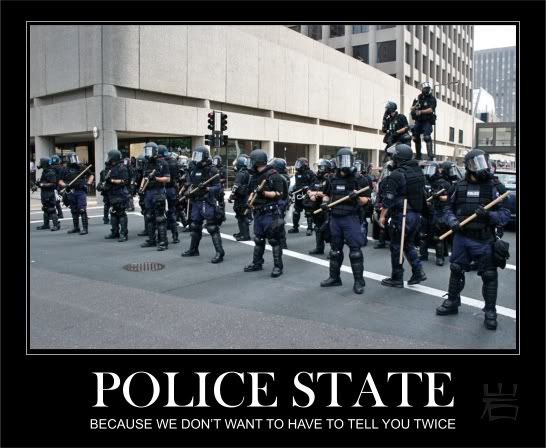“Policing for Profit” Report Documents the Nationwide Abuse of Civil Forfeiture
Arlington, Va.—It’s called policing for profit and it’s happening all across America.
Police and prosecutors’ offices seize private property—often without ever charging the owners with a crime, much less convicting them of one—then keep or sell what they’ve taken and use the profits to fund their budgets. And considering law enforcement officials in most states don’t report the value of what they collect or how that bounty is spent, the issue raises serious questions about both government transparency and accountability.
Under state and federal civil asset forfeiture laws, law enforcement agencies can seize and keep property suspected of involvement in criminal activity. Unlike criminal asset forfeiture, however, with civil forfeiture, a property owner need not be found guilty of a crime—or even charged—to permanently lose her cash, car, home or other property.
According to the Institute for Justice—whose fight against eminent domain abuse raised that issue to national prominence—civil asset forfeiture is one of the worst abuses of property rights in our nation today. The Institute for Justice today released a first-of-its-kind national study on civil forfeiture abuse. The report—Policing for Profit: The Abuse of Civil Asset Forfeiture (http://www.ij.org/policingforprofit)—is the most comprehensive national study to examine the use and abuse of civil asset forfeiture and the first study to grade the civil forfeiture laws of all 50 states and the federal government. The report finds, not surprisingly, that by giving law enforcement a direct financial incentive in pursuing forfeitures and stacking the legal deck against property owners, most state and federal laws encourage policing for profit rather than seeking the neutral administration of justice. (For additional resources on this report, visit: http://www.ij.org/PolicingForProfit. For a brief video on this topic, visit: www.ij.org/Forfeiture.)

Government at every level is in on the take and the problem is growing. For example, in 2008, for the first time in its history, the Department of Justice’s forfeiture fund topped $1 billion in assets taken from property owners and now available to law enforcement. State data reveal that state and local law enforcement also use forfeiture extensively: From 2001 to 2002, currency forfeitures alone in just nine states totaled more than $70 million. Considering this measure excludes cars and other forfeited property as well as forfeiture estimates from many states for which data were unreliable or that did not make data available for those years, this already-large figure represents just the tip of the forfeiture iceberg.
Laws Stacked Against Property Owners
.
.
.
.
.
.
| |  |
| | |
| | Purchase the print version of Policing for Profit |
| | |
| |  |
| | Video: Policing for Profit |
| | |
| | |
Under state and federal civil asset forfeiture laws, law enforcement agencies can seize and keep property suspected of involvement in criminal activity. Unlike criminal asset forfeiture, however, with civil forfeiture, a property owner need not be found guilty of a crime—or even charged—to permanently lose her cash, car, home or other property.
According to the Institute for Justice—whose fight against eminent domain abuse raised that issue to national prominence—civil asset forfeiture is one of the worst abuses of property rights in our nation today. The Institute for Justice today released a first-of-its-kind national study on civil forfeiture abuse. The report—Policing for Profit: The Abuse of Civil Asset Forfeiture (http://www.ij.org/policingforprofit)—is the most comprehensive national study to examine the use and abuse of civil asset forfeiture and the first study to grade the civil forfeiture laws of all 50 states and the federal government. The report finds, not surprisingly, that by giving law enforcement a direct financial incentive in pursuing forfeitures and stacking the legal deck against property owners, most state and federal laws encourage policing for profit rather than seeking the neutral administration of justice. (For additional resources on this report, visit: http://www.ij.org/PolicingForProfit. For a brief video on this topic, visit: www.ij.org/Forfeiture.)

Government at every level is in on the take and the problem is growing. For example, in 2008, for the first time in its history, the Department of Justice’s forfeiture fund topped $1 billion in assets taken from property owners and now available to law enforcement. State data reveal that state and local law enforcement also use forfeiture extensively: From 2001 to 2002, currency forfeitures alone in just nine states totaled more than $70 million. Considering this measure excludes cars and other forfeited property as well as forfeiture estimates from many states for which data were unreliable or that did not make data available for those years, this already-large figure represents just the tip of the forfeiture iceberg.
Laws Stacked Against Property Owners
.
.
.
.
.
.







Comment